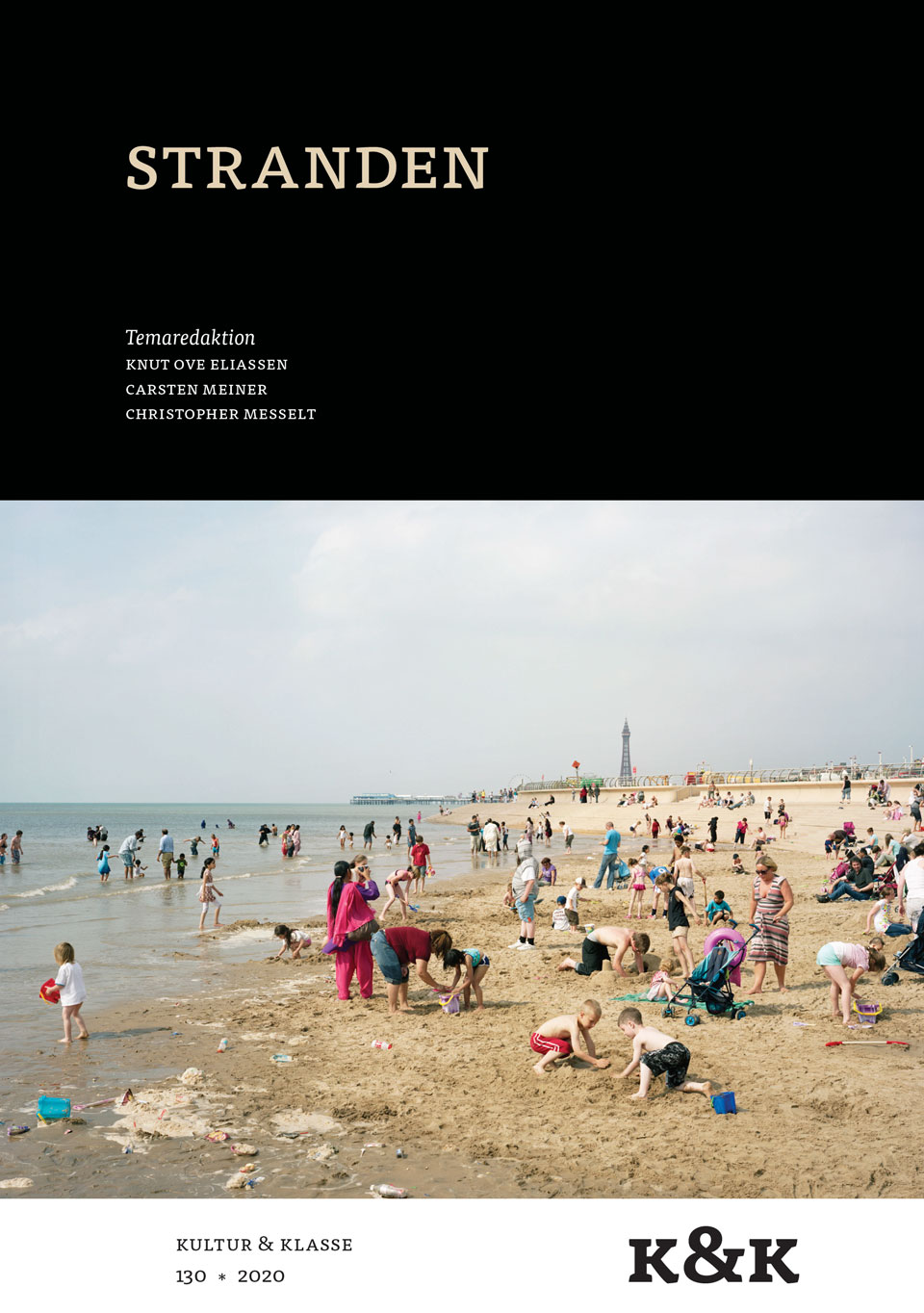Ét sted, to topoi
Stranden som blindgyde og kontaktzone i græsk antik digtning
DOI:
https://doi.org/10.7146/kok.v48i130.123638Nøgleord:
topos/topologi, motiv, kronotop, Bakhtin, Curtius, græsk litteratur, klassisk litteratur, strandResumé
This article explores the beach as literary topos in ancient Greek literature from Homer to the Greek novels of late antiquity. References to beaches are ubiquitous in Greek literature but their literary representation tends to come in two distinct topological groups. Either Greek writers present the beach as a liminal place, as an existential cul-de-sac, where heroes express their loneliness and loss with tragic pathos, or instead they present the beach as a contact zone of encounters and adventure. The article will demonstrate the continuity and variability of these two topoi by comparing a number of literary examples. In a broader theoretical perspective, the differences between the two topoi and their literary qualities correlate with two distinctly different conceptions of the literary topos: on the one hand the rhetorical topology of Ernst Robert Curtius and on the other hand Mihail Bachtin’s narratological theory of the chronotope.
Referencer
[Barks, Carl & Rindom, Sonja]. “Sangen og sneen” i Anders And & Co. Juni 1951.
Beaulieu, Marie-Claire. The Sea in the Greek Imagination. Philadephia: University of Pennsylvania Press, 2015.
Catul. C. Valerii Catulli Carmina. Red. R.A.B. Mynors. Oxford: Clarendon, 1958.
Curtius, Ernst Robert. European Literature and the Latin Middle Ages. New York: Harper & Row, 1963.
Curtius, Ernst Robert. Europäische Literatur und lateinisches Mittelalter. Bern: Francke, 1948.
Curtius, Ernst Robert. ”Historisk topik” (oversættelse Christian Dahl). Kultur & Klasse 123 [1938] (2017): 13-22.
Dahl, Christian. “Topos og motiv. Et forskningshistorisk rids”. Kultur & Klasse 123 (2017): 23-36.
Doody, Margaret Anne. The True Story of the Novel. London: Fontana Press, 1996.
Elliger, Winfried. Die Darstellung der Landschaft in der griechischen Dichtung. Berlin: De Gruyter, 1975.
Griffin, Jasper. Latin Poets and Roman Life. London: Duckworth, 1985.
Heliodor. Fortællingen om Theagenes og Charikleia (oversættelse Erling Harsberg). København: Museum Tusculanum, 1978.
Homer. Homers Iliade (oversættelse Otto Steen Due). København: Gyldendal, 2002.
Homer. Homers Odyssé (oversættelse Otto Steen Due). København Gyldendal, 2004.
Morson, Gary Saul og Caryl Emerson. Mikhail Bakhtin: Creation of a Prosaics. Palo Alto: Stanford University Press, 1990.
Ovid. Metamorfoser (oversættelse Otto Steen Due). København: Gyldendal, 2012.
Ovid. Tristia. Ex Ponto. Red. Leslie, Wheeler og Goold. Cambridge, Mass: Harvard University Press, 1988.
Pratt, Mary Louise. Imperial Eyes: Travel Writing and Transculturation. London: Routledge, 2008.
Sofokles. Sophocles tragoediae. Red. R. D. Dawe. Leipzig: B. G. Teubner, 1975.
Sofokles. Filoktet. Oversættelse Marcel Lysgaard Lech. København: Hans Reitzels Forlag, 2016.
Walcott, Derek. Omeros. New York: Faber and Faber, 1990.
Downloads
Publiceret
Citation/Eksport
Nummer
Sektion
Licens
Tidsskriftet følger dansk ophavsret.





